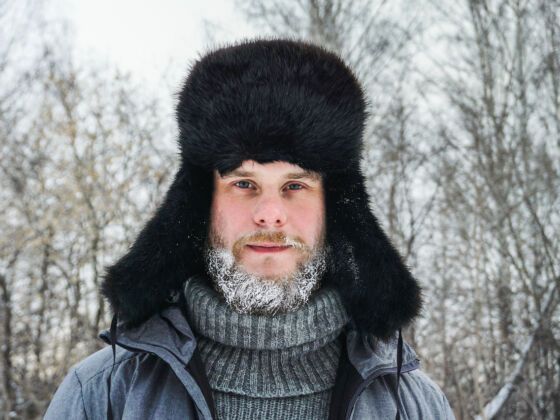I never thought Moscow would find me wanting for snow. November had teased with light dustings, hardened puddles of ice forming an obstacle course for the neighborhood Metro station. In late autumn, sporadic inch-thick blankets would melt in the day, either disappearing by the walk home or freezing into perilous slicks.
But this was not what I’d expected: It was nearly Christmas and not even one blizzard yet.
